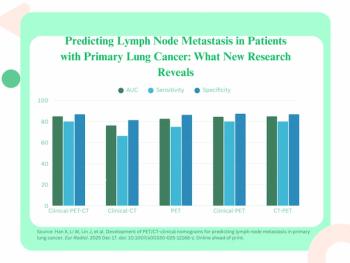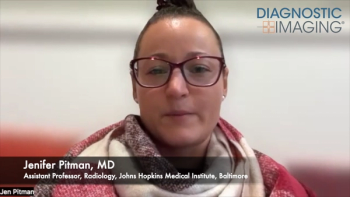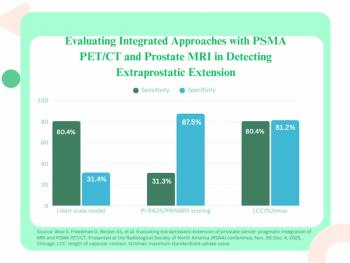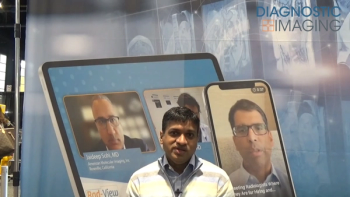
GE promotes volumetric ultrasound with 4D upgrade of Logiq 9
GE Healthcare is framing 4D ultrasound as the way to accelerate workflow, using protocols developed for the company’s new version of the Logiq 9. The scanner, outfitted with 4D algorithms and three volumetric probes, debuted this week at the company’s booth on the RSNA exhibit floor.
GE Healthcare is framing 4D ultrasound as the way to accelerate workflow, using protocols developed for the company's new version of the Logiq 9. The scanner, outfitted with 4D algorithms and three volumetric probes, debuted this week at the company's booth on the RSNA exhibit floor.
Preliminary research with the product, which began shipping last month, documented an increase in throughput by as much as two-thirds and the potential for eliminating the need to rescan patients.
These advantages spring from the Logiq 9's ability to acquire data in 4D. Once captured, this volume of raw data can be interrogated to examine tissues and anomalies at different viewing angles, along multiple planes, or as volumetric reconstructions.
"The source data is available for you to reexamine as many times as you like," said Omar Ishrak, president and CEO of GE Healthcare's ultrasound business.
Images acquired during the scan are displayed instantaneously, he said. They can be presented as volumes or planes along different axes. Quantifications previously impossible are practical, Ishrak told Diagnostic Imaging.
The data may be examined on the Logiq 9 or on GE's off-line workstation, LogiqWorks. Using the two in tandem, sonographers at Florida Hospital Celebration Health in Orlando documented time savings up to 68% in a 30-patient pilot study that calculated the times needed to scan patients, review images, and generate reports.
LogiqWorks provides the means for examining volumetric data in detail, Ishrak said.
The prospect of enhancing workflow will promote the adoption of 4D ultrasound, but the journey to volumetric sonography could be bumpy. Volumetric imaging can add up to $70,000, boosting the price of the Logiq 9 to $250,000, depending on how many 4D probes are included. LogiqWorks adds another $25,000.
And there are problems getting 4D data into PACS. A temporary workaround from GE classifies the volumetric data as "private objects" that can be stored in PACS. But a longer term solution is needed.
Newsletter
Stay at the forefront of radiology with the Diagnostic Imaging newsletter, delivering the latest news, clinical insights, and imaging advancements for today’s radiologists.



























